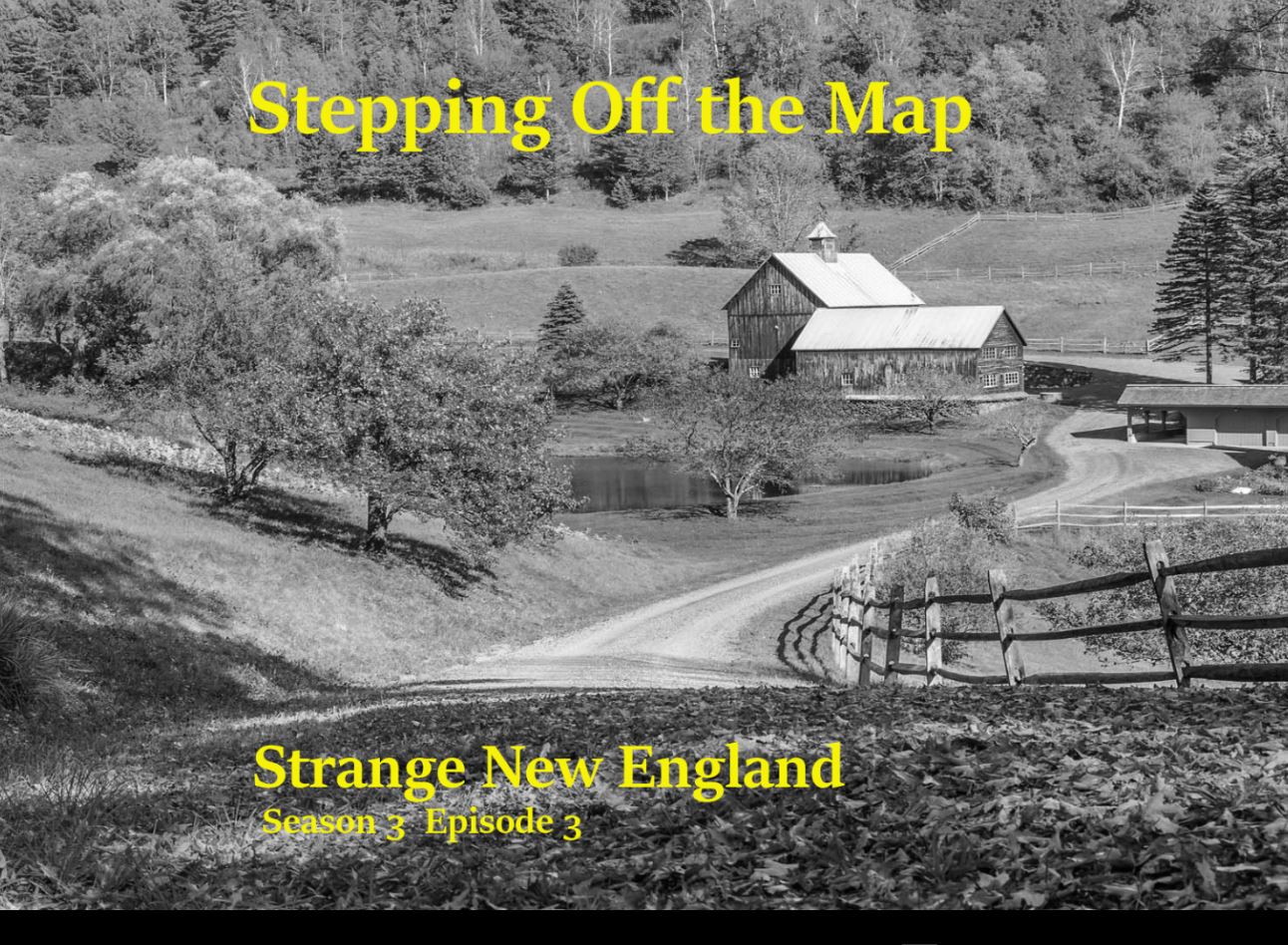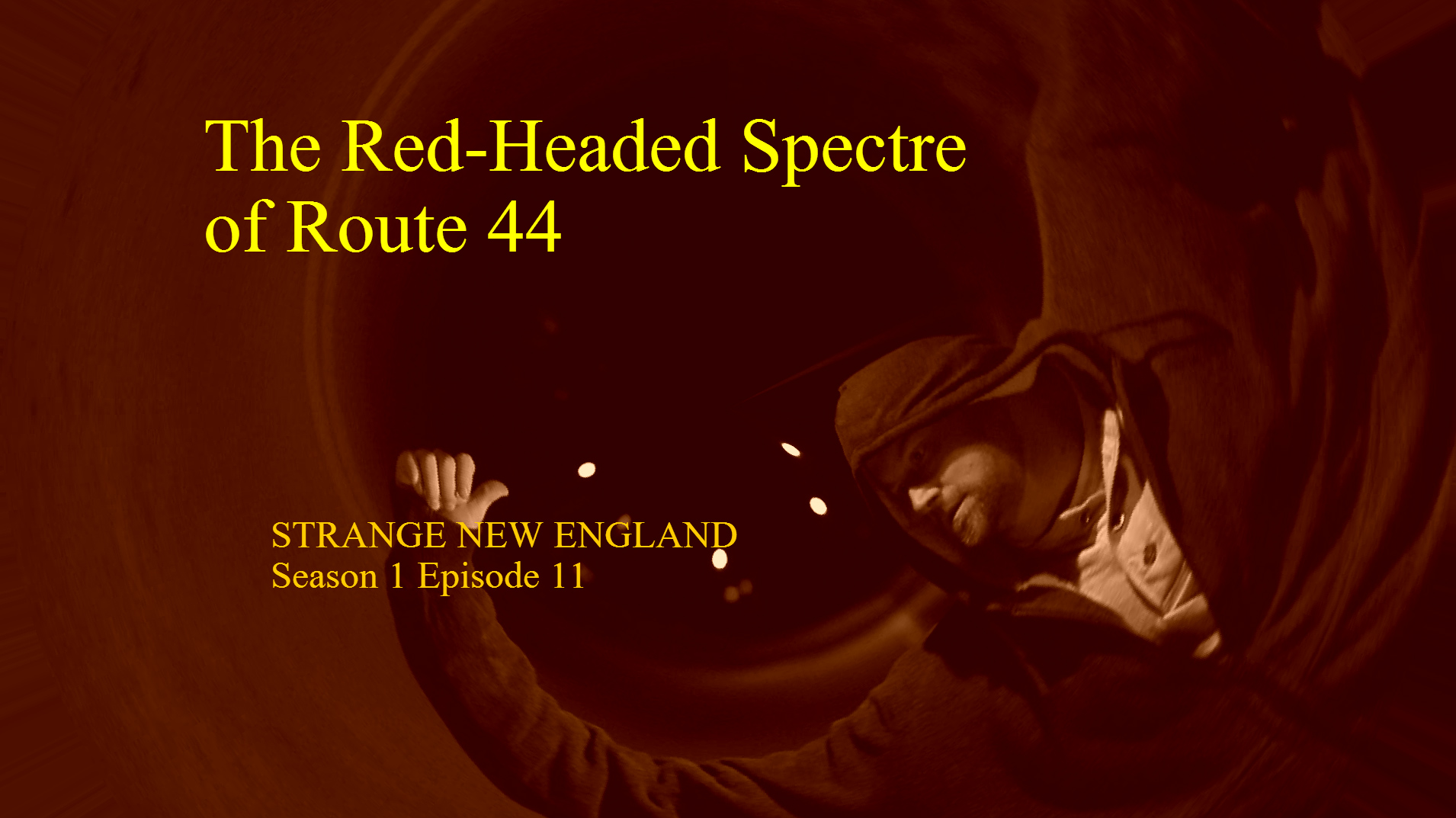Graveyards are full of stories, most of which will never be told because they lie forgotten along with the resting dead. If we’re lucky, some stories gain the status of lore and legend and though they may not be one-hundred percent true, they remain a living part of those who have passed away from us. These few tales give us a glimpse into the past and into the personal lives of those we will never know. This story is about a man and his wife and how even death could not cease the bickering and contentiousness of wedded bliss.
Meandering along U.S. Route 2 as it glides alongside the Penobscot River between Bangor and Veazie, Maine lies Mount Hope Cemetery. It is arguably the most beautiful cemetery in the Pine Tree State, recognized on the National Register of Historic Places as the second garden cemetery in America. Patterned after Mount Auburn Cemetery in Cambridge, Mass., this was a place designed for the living as well as for the dead. Established in 1834, the same year that Bangor officially became a city, it is 181 years old this year. Originally founded with fifty acres, it has grown to over 264 acres. With ponds, bowers, grottos, monuments and memorials, this beautiful setting is unlike most cemeteries you’ve visited. Though there are hundreds of stories told about special gravestones and gravesites, one of the most interesting comes to us from the year 1869: the story of Rufus Dwinel. Easily seen from the highway, Dwinel’s sarcophagus stands tall just behind the gravesite of Hannibal Hamlin, Abraham Lincoln’s first vice-president. Dwinel’s tale is a strange one.
Dwinel was a lumber baron at a time when Bangor,Maine was the lumber capital of the entire planet. More timber left the shores from the river port of Bangor than any other port on earth and it made many men wealthily beyond their wildest dreams. In the 1830s, men like Dwinel, Samuel Veazie, Abner Coburn and Ira Wadleigh used their funds to purchase entire townships in the state, starting sawmills and fighting for supremacy in the lumber business. Eventually, Dwinel became mayor of the young city of Bangor.
Like most rough and ready men who have made their fortune the hard way, Rufus Dwinel was a man who did not take many things lightly in his life, and he was especially fond of holding onto his money. I first heard of Rufus Dwinel when I was a folklore student at the University of Maine in 1983 when Professor Sandy Ives, founder of the Maine Folklore Center, related the tale of Dwinel to me. Ives, an avid collector of songs and stories, also had a very unique interest in gravestones and what those memorials said about those they honored. His eyes narrowed and he laughed when he related Dwinel’s tale.
According to Ives, the legend states that Dwinel was a man who married only once and then to a much younger woman. She was a beautiful and well-connected woman whose taste in clothing, furnishings and travel were extravagant compared to Dwinel’s more modest tastes. In fact, Dwinel was a skinflint compared to his new bride. As he aged and the years made apparent the mismatch, his antipathy toward his younger wife grew. When he died on September 29, 1869, his wife was stunned to learn that his will included an interesting codicil. As long as he rested below ground, it claimed, she wouldn’t get a penny of his money. This was Dwinel’s way of finally taking control of his fortune again, out of her hands.
But Mrs. Dwinel was not so easily undermined. She ordered a strange memorial for her husband, something not see before in Bangor, Maine or many other places, either, unless one goes back to ancient Egypt. She ordered a stone sarcophagus built and set upon four pillars. Then, she had his body placed within the stone coffin, always at least three feet above ground, never below. She retained control of his money and had the last laugh at her husband who, at least for a moment, must have thought that he was smarter than his wife.
The truth is that Rufus Dwinel never married or had any children. His body, according to the records kept in the office at the cemetery, indicate that he rests below the monument on lot 763CG underneath the shade of a hill and many trees. Of course, my folklore professor knew the truth, but Sandy Ives was never one to let something like the truth get in the way of a delicious tale.
LINKS
https://www.mainememory.net/sitebuilder/site/901/page/1312/display?page=2
http://bangordailynews.com/2013/06/02/living/rufus-dwinel-grave-a-memorable-stop-on-cemetery-tour/




